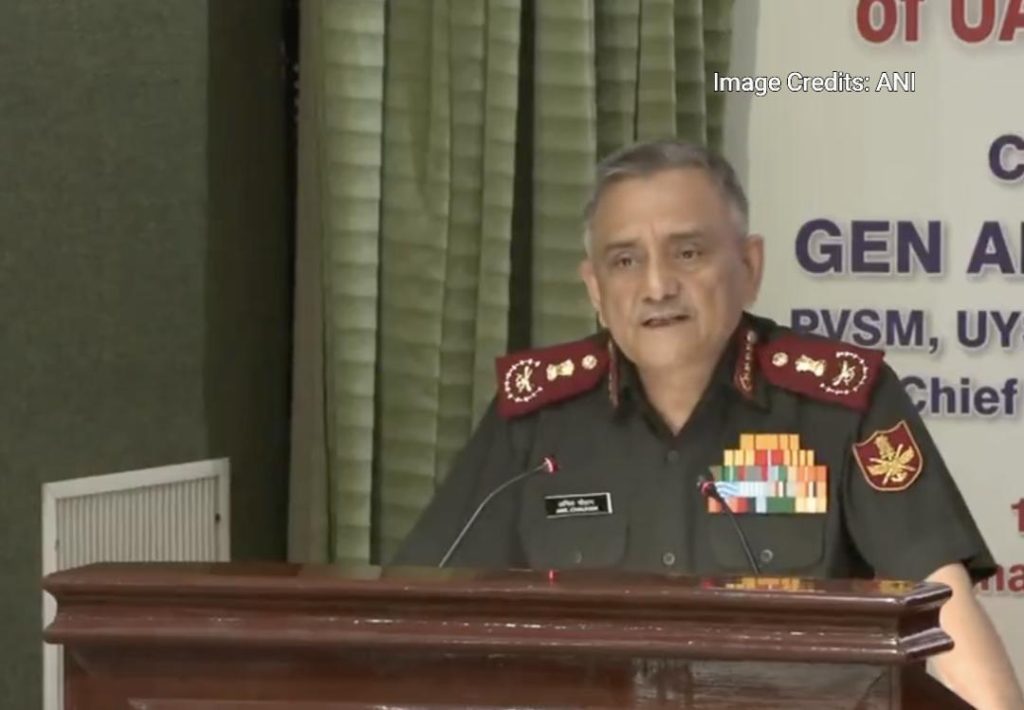
Pak used unarmed drones & loitering munitions: CDS Anil Chauhan
The recent conflict between India and Pakistan has been a significant topic of discussion globally. The conflict saw both countries engage in a series of skirmishes and aerial battles, with both sides claiming to have inflicted significant damage on each other. However, the Chief of Defence Staff (CDS) General Anil Chauhan has provided a detailed insight into the conflict, revealing that Pakistan used unmanned aerial vehicles (UAVs) and loitering munitions during the conflict.
In a recent statement, CDS General Anil Chauhan revealed that Pakistan used unarmed drones and loitering munitions during the conflict in May. According to him, none of these drones and munitions inflicted any damage to the Indian military or civil infrastructure. Instead, most of them were neutralized through kinetic and non-kinetic means.
Kinetic and non-kinetic means refer to the use of military force and other methods, respectively, to neutralize the threat posed by the drones and loitering munitions. In this context, kinetic means would refer to the use of military force, such as fighter jets or anti-aircraft guns, to shoot down the drones and munitions. Non-kinetic means, on the other hand, would refer to the use of electronic warfare, cyber warfare, or other non-violent methods to disable the drones and munitions.
The fact that most of the drones and loitering munitions were neutralized through kinetic and non-kinetic means suggests that the Indian military was well-prepared to counter the threat posed by these aerial assets. It also highlights the effectiveness of the Indian military’s air defence systems, which were able to detect and engage the drones and munitions in a timely and effective manner.
Some of the drones and loitering munitions used by Pakistan were even recovered in almost intact condition, according to CDS General Anil Chauhan. This suggests that the Indian military was able to capture some of the drones and munitions, which could potentially provide valuable intelligence on Pakistan’s military capabilities and tactics.
The use of unarmed drones and loitering munitions by Pakistan during the conflict is a significant development, as it highlights the increasing use of unmanned aerial vehicles (UAVs) in modern warfare. UAVs are becoming increasingly popular in modern warfare due to their ability to gather intelligence, conduct reconnaissance, and engage targets with precision-guided munitions.
Loitering munitions, on the other hand, are a type of weapon that is designed to loiter in the air for an extended period of time, waiting for the right moment to strike. They are often used in precision-guided munitions, and are designed to engage targets with high accuracy.
The use of unarmed drones and loitering munitions by Pakistan during the conflict is also significant because it highlights the increasing use of asymmetric warfare tactics by Pakistan. Asymmetric warfare refers to the use of unconventional tactics and weapons to engage a more powerful opponent. In this context, Pakistan’s use of unarmed drones and loitering munitions is an example of asymmetric warfare, as it allows Pakistan to engage India with a relatively low-cost and low-risk strategy.
In conclusion, the use of unarmed drones and loitering munitions by Pakistan during the conflict in May highlights the increasing use of unmanned aerial vehicles (UAVs) in modern warfare. The fact that most of these drones and munitions were neutralized through kinetic and non-kinetic means suggests that the Indian military was well-prepared to counter the threat posed by these aerial assets. The recovery of some of the drones and loitering munitions in almost intact condition also highlights the effectiveness of the Indian military’s air defence systems.






